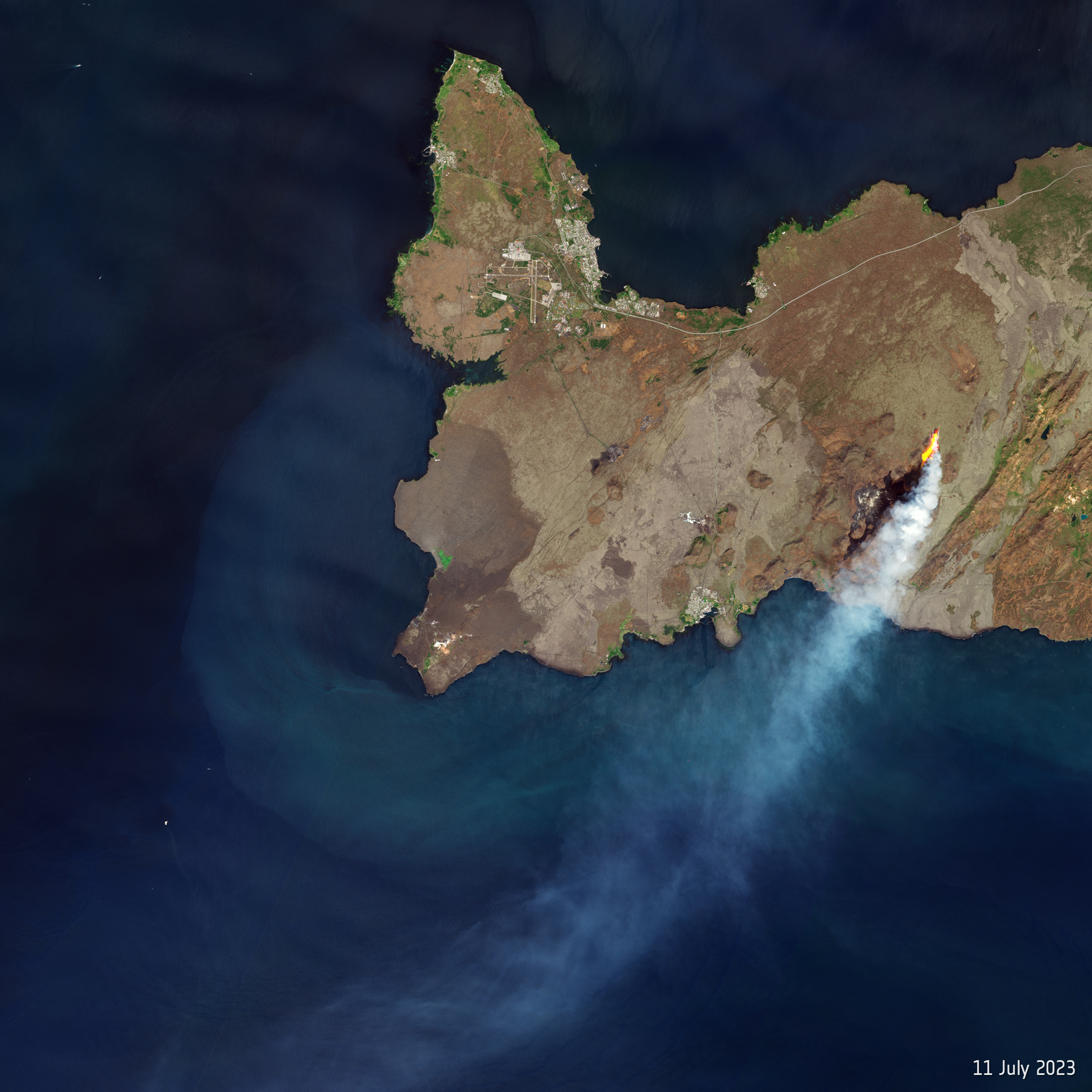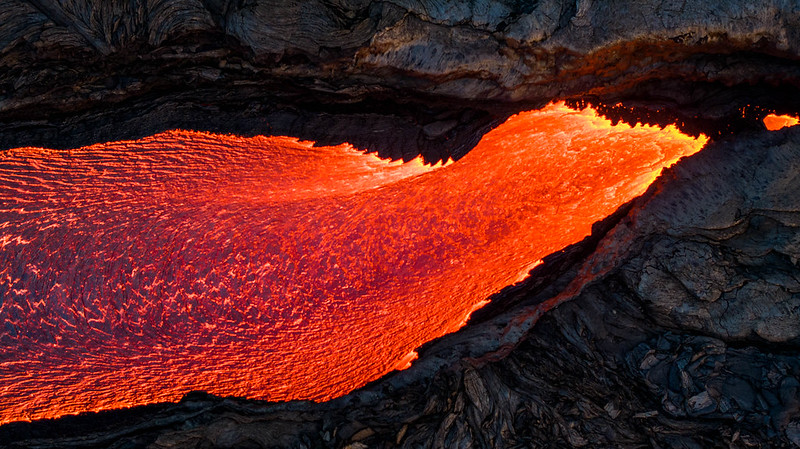Pop the champagne and blow out the candles, because a new baby has been born – a baby volcano, that is. On July 10, 2023, three cracks appeared at the base of a mountain in Iceland, spurting lava and gas into the air. While two of the cracks closed overnight, the remaining one has since grown into a crater that now surpasses 30 meters (98 feet). Sure, it’s no Mauna Loa, but in some scientific quarters, it has earned the title of Earth’s newest volcano.
Impressive images of the lava flow were circulated on social media almost immediately after the fissures appeared.
RÚV, the Icelandic National Broadcasting Service, is also hosting a live stream on its YouTube channel so you can keep an eye on the new arrival yourself.
Volcanic activity is par for the course in this part of the world. Litli-Hrútur, where the new baby volcano was born, is part of the volcanic area of Fagradalsfjall. Although it had lain dormant for 800 years, activity erupted once more in this area back in March 2021, and again in August 2022. The latest eruption was preceded by thousands of earthquakes in the days immediately prior.
Iceland Monitor reported on July 25 that the lava flow at Litli-Hrútur has now superseded that of last August, reaching a volume of 12.4 million cubic meters. The European Space Agency has also released this incredible image captured by the Copernicus Sentinel-2 satellites, showing the lava and smoke plume the day after the eruption started.

The smoke plume as seen from space.
Litli-Hrútur is only 30.6 kilometers (19 miles) southwest of the capital city of Reykjavik. The volume of toxic gases accumulating in the immediate aftermath of the eruption led authorities to restrict access to the site, and fast-flowing lava during that first night caused fires across the dry, mossy landscape. Firefighters were able to bring this under control, and since July 17 – subject to daily assessments of the conditions – the area has been open to tourists.
Those who hike or cycle the 9-kilometer (5.6-mile) distance to the viewing area are treated to an up-close and personal view of this mesmerizing geological display.

Look at that lava!
The mercurial Earth could still have some surprises in store. In 2021, when this area erupted, new fissures were formed weeks later, so experts are monitoring the site very closely. In a statement, the Icelandic Met Office warned visitors of the hazards and the unpredictable nature of the lava flow.
As to how long the eruption may last, that’s difficult to say for sure. The crater is still growing, but as PhD student Laura Wainman, who studies volcanoes, told the BBC, “There’s a limit to how high the crater can get before it inherently becomes unstable, so I think if activity remains high, then it’s possible we’ll see further events where sections of the crater wall might collapse.”
Thanks to the live streams, we can all have a front-row seat for the evolution of Earth’s newest fiery spectacle.
Source Link: Earth Has A Brand New "Baby Volcano", And You Can Watch It Erupting